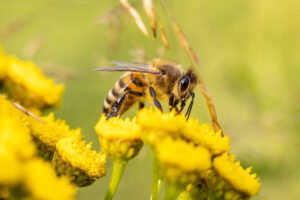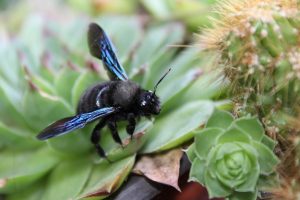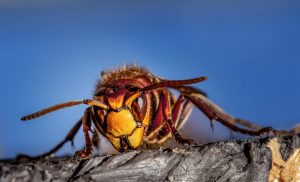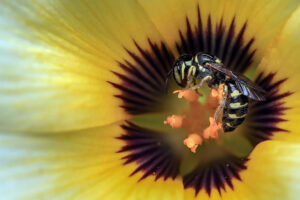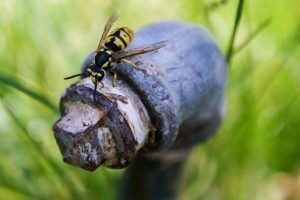Stinging Insect Removal
Do you need to get rid of stinging insects? We can help!
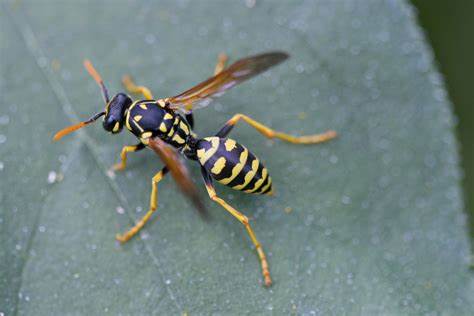
Stinging Insect Removal Strategies
Stinging insects come in all different shapes and forms from bees to hornets to ants to yellowjackets. These aggressive insects are most prevalent during the late summer and early fall.
In fact, in the United States, there are over 700 species of ants, 35 species of bees, and 30 species of wasps. They may be beneficial or unwanted depending on where they are found.
Some bees, paper wasps, and hornets may build nests in attics, walls, under eaves, in soffits, under porches, and in tree branches. Other insects such as yellowjackets build their nests in the ground.
Social insects such as honey bees, hornets, yellowjackets, and paper wasps can build colonies containing thousands of workers. These insects will defend their nests with swarms. If the nest or hive is located where you and your family frequently are, you are at risk of swarms.
The experts at Trutech, can safely remove the nest and hive and control the stinging insect population.
Stinging Insect Problem

Signs a Stinging Insect is on Your Property
The surest sign is a sting. You might also see or hear the pests flying around your property.
Stinging insects are most active during the summer. Wasps, hornets, bees, and yellow jackets are all active at different times of the day.
Depending on the type of stinging insect, they build hives, nests, or burrows. If you notice one on your property it’s a sure sign of their presence.

Dangers of Stinging Insect Infestation
Stinging insects can pose a danger to your family, friends, and pets if left unchecked. To most people, a sting is a painful annoyance. But it can be dangerous to the 5-7% of the population that is allergic.
Nests and hives can also damage your property. Carpenter bees chew tunnels into your home. Hives and nests can attract other pests like cockroaches, rats, mice, or raccoons.
Stinging Insects We Remove


